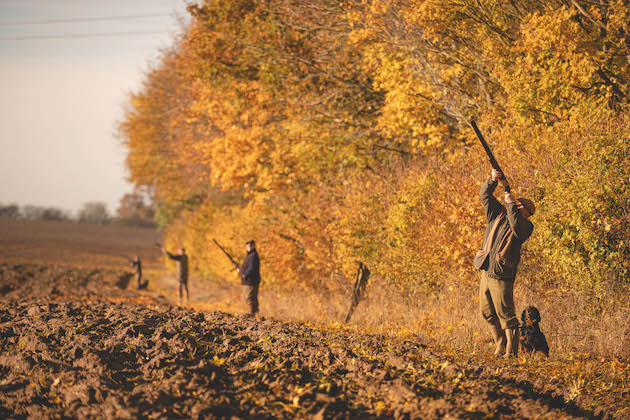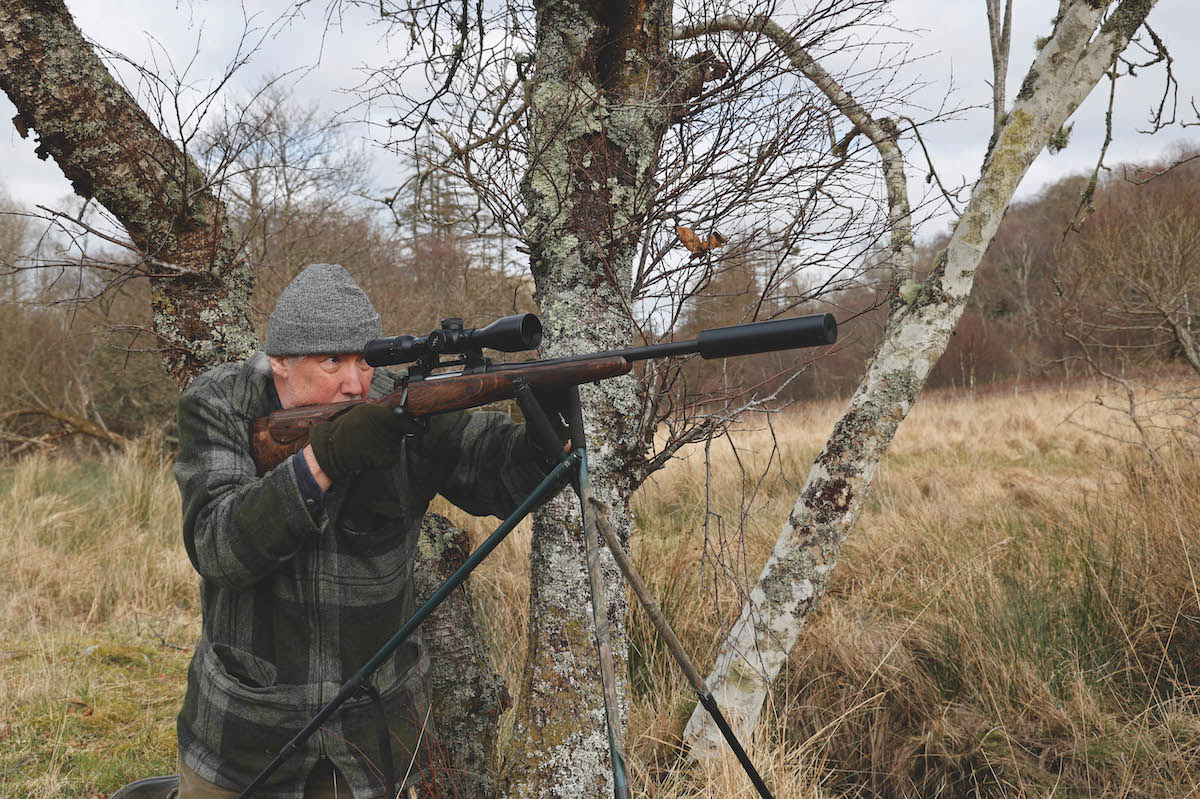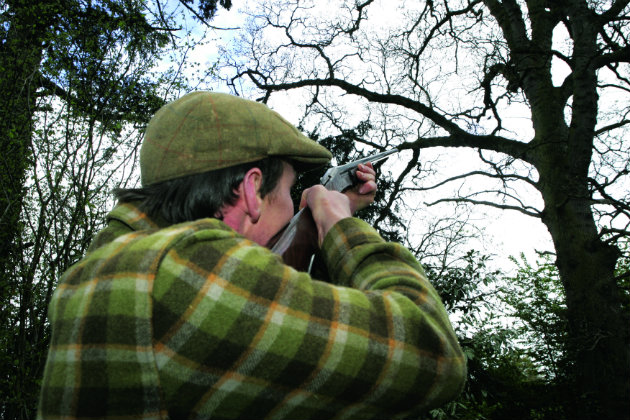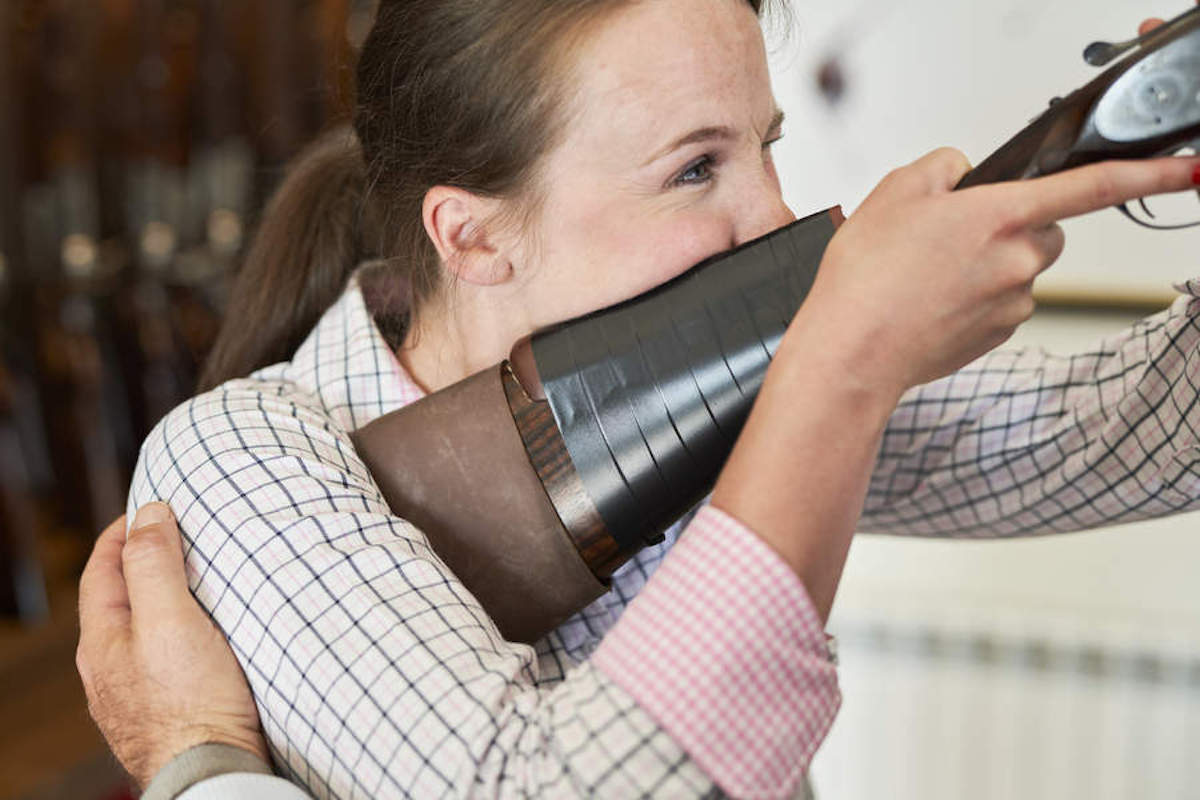Why a backup gun is a good idea
Even a very new gun can fail to fire and having a backup gun is often the only way to avoid terrible disappointment, says Rachel Draper

Those of us who shoot game can all relate to the excitement and anticipation of an approaching day in the field. You prepare everything the night before; your tweeds are looking sharp, you have enough cartridges to see you through the next three seasons and you have a gift for the shooting host that will guarantee an invitation back. The only thing that you haven’t prepared is a backup gun.
Try to imagine the scenario — some of our readers will unfortunately be familiar with it — that horrific feeling of standing on the peg with pheasants soaring over you and just a click as you pull the trigger. Gunshots echo all around you and your gun repeatedly fails to fire. It’s a mortifying situation.
Having your gun break on a game day not only causes embarrassment and distress to you, but it also creates an inconvenience for the keeper, the shoot captain and their team. Happily, most of us like the idea of buying another gun, and needing a backup gun is a fine reason to add something else to your cabinet.

An old Purdey is a very fine thing but no gun will last forever
Mechanical failure
You may have a modern gun that is only a year or so old and is in perfect working condition, so why would you need to worry? Or perhaps you shoot a 120-year-old heritage English side-by-side that has proved itself time and time again. However, the bottom line is that anything mechanical can fail.
In an action that can be made up of more than 100 parts, it only takes one to fail to work properly or fail to do its job smoothly to affect the entire process of cocking, firing or ejecting.
It is almost impossible to offer an average lifespan for a shotgun because each brand, model and sometimes individual gun is made differently, to different standards with different materials. Your gun could, in theory, work perfectly for decades — and even, in some cases, centuries — if well looked after and regularly serviced. But you could see problems after a handful of seasons if it is not mechanically well maintained.
General wear and tear, and a lack of maintenance, will eventually cause failures such as broken springs or firing pins — a common problem, particularly with older shotguns. An experienced gunsmith or gunmaker can make new components and repair these issues, allowing you to enjoy your gun for years to come. However, you still do not want to endure this situation while on the peg with only one gun that does not work.
Problems such as a failure to fire the second barrel are often seen in modern guns, which can be extremely frustrating. Though this issue doesn’t render the gun entirely useless for the drive, it does mean that you should select your shots extremely carefully, as you no longer have a second barrel to despatch any pricked birds. This issue is caused by the regulation of the inertia block and can be brought about by general wear and tear, sometimes appearing after only a few seasons of use.
Often the gun will perform perfectly with heavier loads but if you switch to lighter cartridges — perhaps for an early-season partridge day — the second barrel will fail. Another common fault with more modern guns is failure to eject or issues with ejector regulation. Again, this is not a complete write-off for your game day but is a cause of deep frustration when you want to be shooting your best.

You can pick up some real bargains, such as a brand-new Yildiz, that will cost less than £1000 and provide peace of mind in terms of backup in the field
Buying a backup gun
At this point, some of you will be thinking that you’ve been very clever in buying a backup gun already, but if you haven’t already taken the plunge, what would be a good choice? I would recommend buying a second gun with similar measurements to your main gun, or having it fitted to match. This will allow a smooth transition and reduce the impact on your shooting should the time come to switch. If you usually shoot an over-and-under, I would advise sticking with that for your second gun, and vice versa. Many people can comfortably shoot both but if you are switching over mid-drive, consistency can be a bonus.
Another thing to consider is whether your backup gun is suitable for all of your sporting interests. If you enjoy both driven game and wildfowling, perhaps buy a backup gun that has a strong, sturdy action, thick barrel walls and 3in chambers. Equally, if you do a mixture of driven and rough shooting, you may benefit from a lightweight backup gun with shorter barrels that you can easily carry around for the day and which is suitable for quick shots.
As it will take second place to your pride and joy, you are probably not going to want to spend a fortune on your backup gun. There is a selection of new and second-hand options from makers such as Beretta, Browning, Caesar Guerini, Rizzini, Yildiz, ATA and many more, all at a reasonable price.
Some gun shops will throw in a service and offer a one-year mechanical warranty, which is always useful to have. Second-hand Berettas, such as Silver Pigeons, and Browning B525s and B725s tend to hold their value reasonably well, if the time ever came when you were looking to sell.
You can get a bargain on new guns such as a Yildiz or ATA, which often come with a two- to three-year warranty and can be purchased for less than £1,000. These guns offer value for money, but I would advise that, though the warranty is useful from a repair point of view, it doesn’t go a long way to making you feel better when you’re standing on your peg with a broken gun.
As with most things in life, especially mechanical, there comes a balance between cost of manufacture and quality of parts. With guns built for such attractive prices, it is difficult to maintain the consistency of quality with every model and, for this season, occasionally the reliability can suffer.

There are plenty of second-hand Beretta Silver Pigeons to be snapped up
Strip and clean
If you are looking for a side-by-side at a lower price point, you can get some second-hand AYAs and Webley & Scotts, or you can pick up some really lovely English boxlocks from more provincial makers. I would, however, highly recommend investing in a full strip and clean service for these second-hand guns prior to putting your trust in them on that initial day in the field, just to be sure they are in good condition internally.
I spoke to Archie Trower, gunroom manager at Sportarm, based at West London Shooting School. Archie described some of the main problems he sees coming through the Sportarm workshop: “We service and repair a large volume and wide range of guns within the Sportarm group and as such come across issues too numerous to mention in detail here. However, broken main and ejector springs are particularly prevalent at this time of the year and can result in a frustrating end to a day on the peg.
“If the gun you are using hasn’t been regularly maintained, issues are likely to be more frequent and costly. As a result, some of our clients now take another gun with them for peace of mind,” he continued.
Archie also advised me on some of the different makes he recommends to his clients for backup guns: “There are a lot of over-and-unders available; popular models with our client base include the very pretty Rizzini Regal, which sits on a lovely round action. The Caesar Guerini Maxum is very attractive and there is always a large demand for Beretta and Brownings, all of which represent fantastic value for money and are amazingly reliable.
“In terms of side-by-sides, there is still a big demand, especially in the field, with reasonably priced guns available from Spanish and Italian manufacturers that are now steel shot proofed and very durable,” he pointed out.
Echoing my earlier thoughts, Archie mentioned that “whether new or preowned, regular maintenance is the key to reliability”. You may not be able to prevent a mechanical failure, but you can certainly reduce the risk and you can be prepared. However reliable you believe your gun is — and some are more so than others — when it comes to a long-awaited day in the field, a backup gun bought cheaply may prove to be worth its weight in gold.








